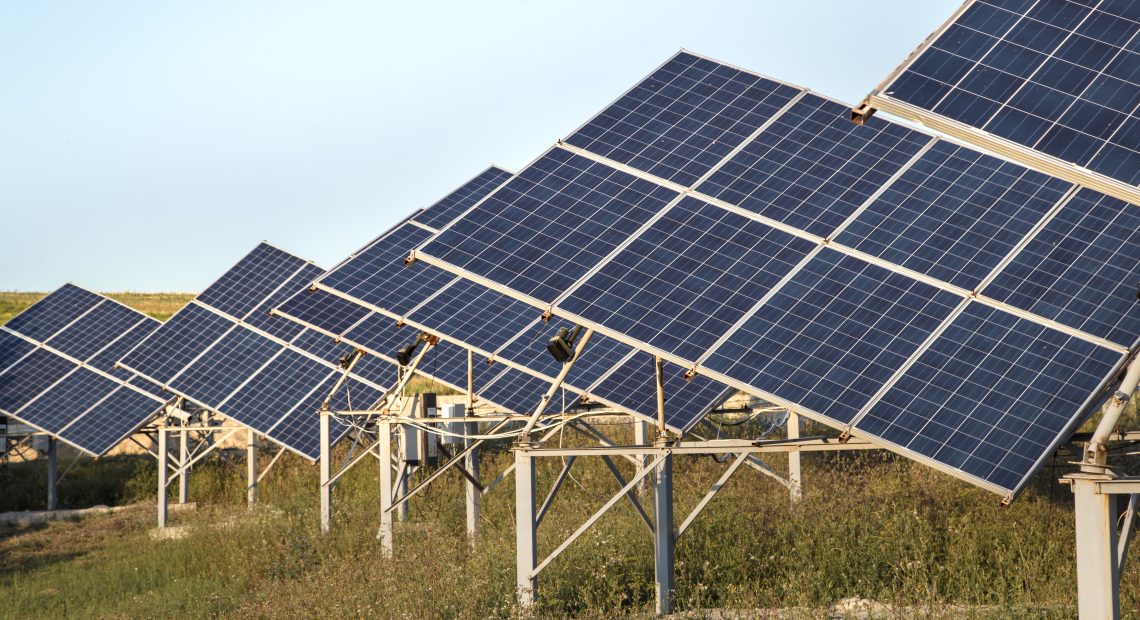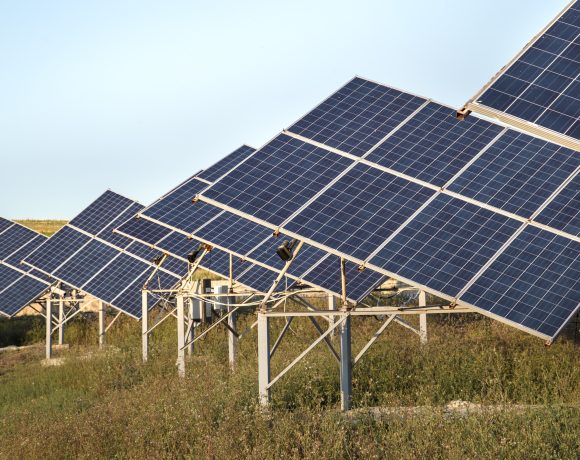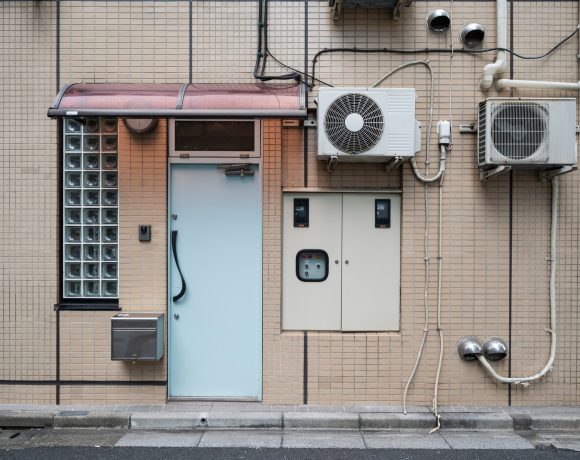
India Ends Key Renewable Energy Subsidy, Raising Project Costs
The Indian government has officially ended a major subsidy that exempted solar and wind energy projects from inter-state transmission system (ISTS) charges. As of July 1, all new renewable energy projects will now be required to pay 25% of these costs, with charges set to progressively increase for projects commissioned in future years. The move is expected to significantly reshape the economics of India’s clean energy sector.
Clean Energy
The ISTS waiver had been a backbone incentive in India’s rapid renewable energy expansion, particularly for large-scale projects located in resource-rich states like Rajasthan, Gujarat, and Tamil Nadu. Its removal is projected to increase the tariff on green power by around ₹0.40 per kWh—approximately a 16% hike from the average bid price seen in recent auctions.
Transmission Costs
The withdrawal of the subsidy places a new cost burden on developers, who may now find it harder to secure power purchase agreements (PPAs). Projects that had bid aggressively under the assumption of free transmission now face significant financial uncertainty. Industry bodies have raised concerns that many of these deals may collapse or require renegotiation.
This cost shift is likely to discourage cross-state clean energy deployment and encourage a shift toward state-level generation and consumption. States that can generate and consume their own clean energy are likely to gain an edge under the new policy.
Localisation
The policy change could drive a more decentralised model of clean energy development. Several state governments are reportedly planning to scale up local tenders to avoid paying cross-border transmission fees. Karnataka, for instance, has indicated that it prefers using its own transmission infrastructure to meet demand, rather than importing renewable power from distant states.
This decentralisation could help some states become more self-reliant but may also lead to fragmentation in national-level grid planning and efficiency.
Sector Outlook
The timing of the move has raised concerns in the industry. An estimated 30 GW of renewable projects in India currently have no confirmed offtake agreements. With developers now facing added costs, the risk of project delays or cancellations has risen. India’s ambition of reaching 500 GW of renewable capacity by 2030 could face new hurdles unless alternative incentives or policy support mechanisms are introduced.
Despite this, renewable energy production in India continues to rise. Generation from solar and wind sources grew over 24% year-on-year in the first half of 2025, indicating strong momentum. However, sustaining this growth will depend on how well the market adapts to a post-subsidy era.
Strategic Shift
The end of the ISTS subsidy signals a broader shift in India’s clean energy strategy—from centralised, subsidy-driven expansion to more decentralised, cost-reflective development models. Developers will now need to account for regional price differences, infrastructure limitations, and evolving state-level regulations.

















